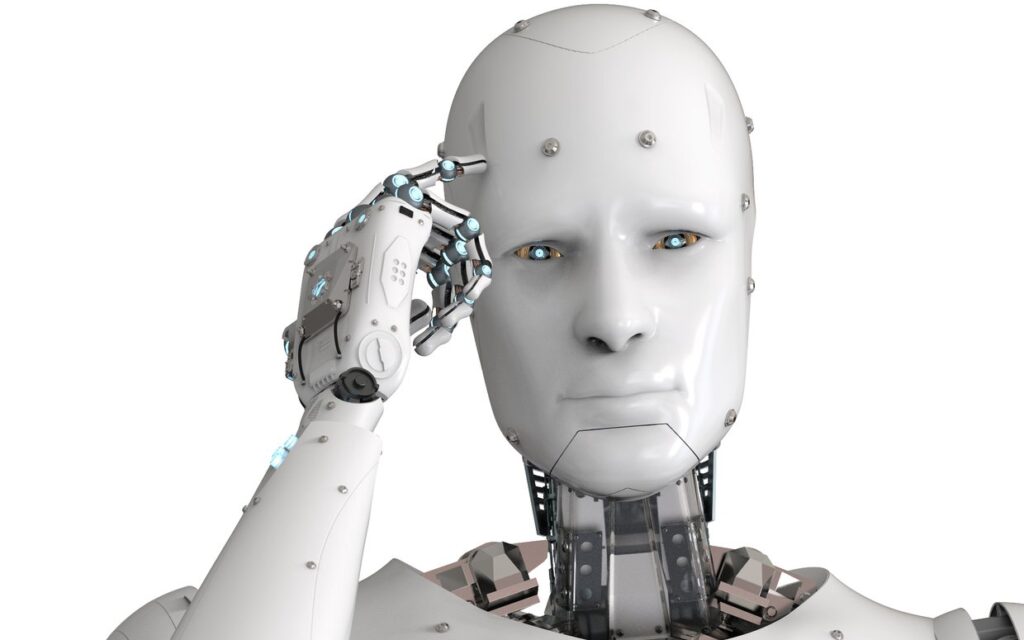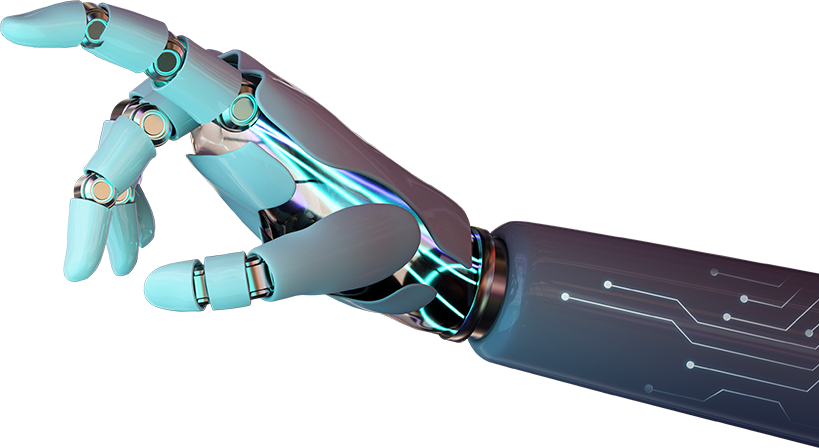Did you know that AI is really just an umbrella term? It refers to a wide range of technologies and applications that enable machines to perform tasks that typically require human intelligence. AI has been around for decades. Artificial intelligence has already rapidly changed the way we live and work. In reality, there are different types of AI, each with its own strengths, weaknesses, and applications. Let us take a closer look at the three most commonly discussed types of AI: Artificial Narrow Intelligence (ANI), Artificial General Intelligence (AGI), and Artificial Superintelligence (ASI).
By the way, if you’re keen to dive deeper into securing consistent leads and top-quality appointments with prospects eager to converse with you, click here to watch a FREE, comprehensive training video detailing every step of the process.
Artificial Narrow Intelligence (ANI)
Artificial Narrow Intelligence, also known as weak AI, refers to machines that can only perform specific tasks. ANI systems have been around for decades and are the most common form of AI in use today. They can be found in everyday devices such as smartphones, home assistants, and even traffic light control systems. These systems are programmed to carry out tasks such as image recognition, natural language processing, and voice recognition. Most smartphones today have ANI systems that can perform a range of tasks, from sending text messages to taking photos.

One common ANI application is voice recognition, which allows users to control their phones using voice commands. Surely you have something to do with home assistants like Amazon’s Alexa and Google Home also use ANI systems to understand and respond to user commands. These devices can perform tasks like setting alarms, playing music, and providing weather updates.
ANI systems use cameras to monitor traffic flow and adjust the timing of traffic lights accordingly, helping to reduce congestion and improve traffic safety. Another example is systems that are widely used in image recognition applications, such as those used for facial recognition and object detection. ANI is dependent on Natural Language Processing (NLP) systems that are used to process and analyze natural language data, such as text or speech. This technology is used in chatbots, language translation software, and even virtual assistants like Siri and Cortana.
Artificial General Intelligence (AGI)

Artificial General Intelligence, also known as strong AI, refers to machines that can think and learn like humans. AGI systems have the potential to understand and process information across different domains, much like a human being. The idea behind AGI is to create a machine that can perform any intellectual task that a human can do. Such as personalized healthcare.
The AGI systems could analyze individual medical data to create personalized treatment plans for patients. This could lead to more effective treatments and better health outcomes. It could also be to create personalized learning experiences for students, tailored to their individual learning styles and needs.
This could help students to reach their full potential and improve educational outcomes or analyze vast amounts of financial data and make better investment decisions. This tech could help individuals and organizations to make more informed decisions and improve financial outcomes. In the field of business AGI could be used to improve customer service experiences by providing personalized recommendations and solutions based on individual needs and preferences.
As well being used to analyze production data and identify ways to streamline operations and reduce waste. This could lead to cost savings and increased productivity or improve transportation systems by analyzing traffic data and optimizing routes for maximum efficiency.
Artificial Superintelligence (ASI)
Artificial Superintelligence is the hypothetical form of AI that would surpass human intelligence. ASI systems would be able to learn, process, and analyze information at an unprecedented scale and speed. The development of ASI could potentially have a profound impact on our society, both positive and negative. ASI could be used to analyze complex data and identify new patterns and connections that humans may not have been able to identify.
This could lead to breakthroughs in fields such as physics, biology, and chemistry. It could be used to develop robots that can perform complex tasks with precision and speed, leading to improved manufacturing processes and other applications. These systems are currently in the realm of science fiction and remain a long way off from being realized. However, there is ongoing research in this field, intending to create an AI system that is smarter than any human being.
In conclusion, AI has the potential to transform our society in profound ways. ANI is already a part of our daily lives, while AGI and ASI are still in the research phase. While AI has many potential benefits, it also raises important ethical and social questions. For example, how will the development of AI impact our job market, and what will the consequences be beneficial for society as a whole?






